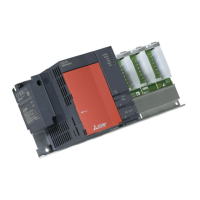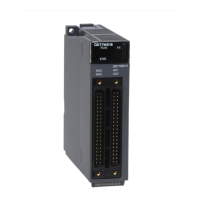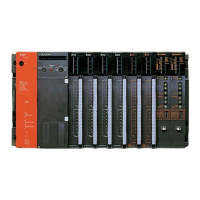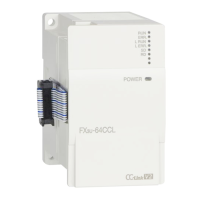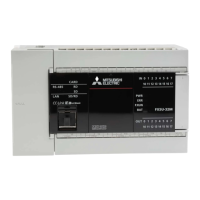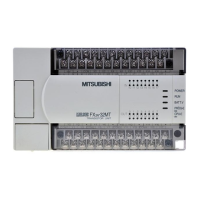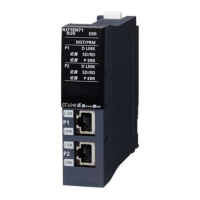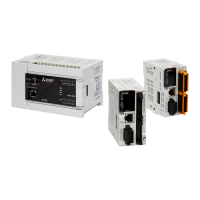159
CHAPTER 3 FUNCTIONS
3
3.11 Monitor Function
3.11.4 Executional conditioned device test
3.11.4 Executional conditioned device test
This function changes a device value within the specified step of a program.Note 3.5
This enables debugging of the specified ladder block without modifying the program.
*1
*1 The executional conditioned device test is not available for the SFC program.
(1) Operation of the executional conditioned device test
A device value will be changed based on the registration data once after the executional conditioned device test
setting is registered.
The changed device value becomes enabled in the ladder blocks of the specified step number and later.
Note that a device value is changed within the specified step regardless of an execution status of the instruction in
the specified step.
Note 3.5
Before executing the function with the Q02UCPU, Q03UDCPU, Q04UDHCPU, Q06UDHCPU, Q13UDHCPU, or
Q26UDHCPU, check the versions of the CPU module and programming tool used.
( Page 465, Appendix 2)
Universal
Programming tool
Program name
Step No.
Device
Setting value
Execution timing
: MAIN
: 10
: M0
: ON
: Before executing instruction
Registration data
M0 is turned on.
Program: MAIN
<Program example> <Operation>
Processing
LD M0
10 35
OFF
45
Changes the value in D0 to "35".
+ K10 D0
Value in D0
Value in M0
Executional conditioned device test which
sets "35" in D0 in this step is registered.
A device value is changed within the
specified step regardless of the value in M0.
List mode
Ladder mode
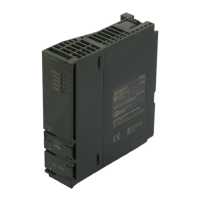
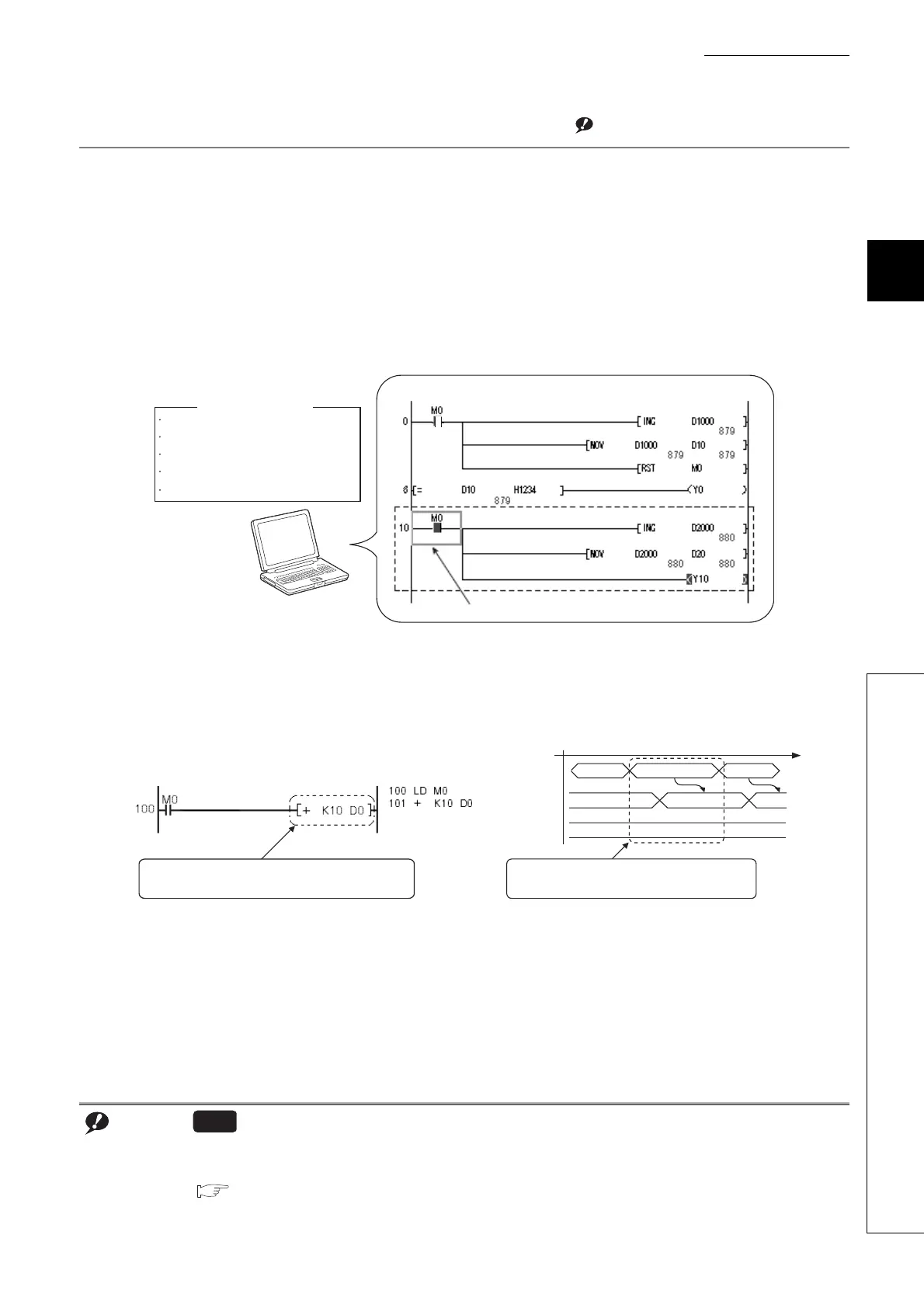